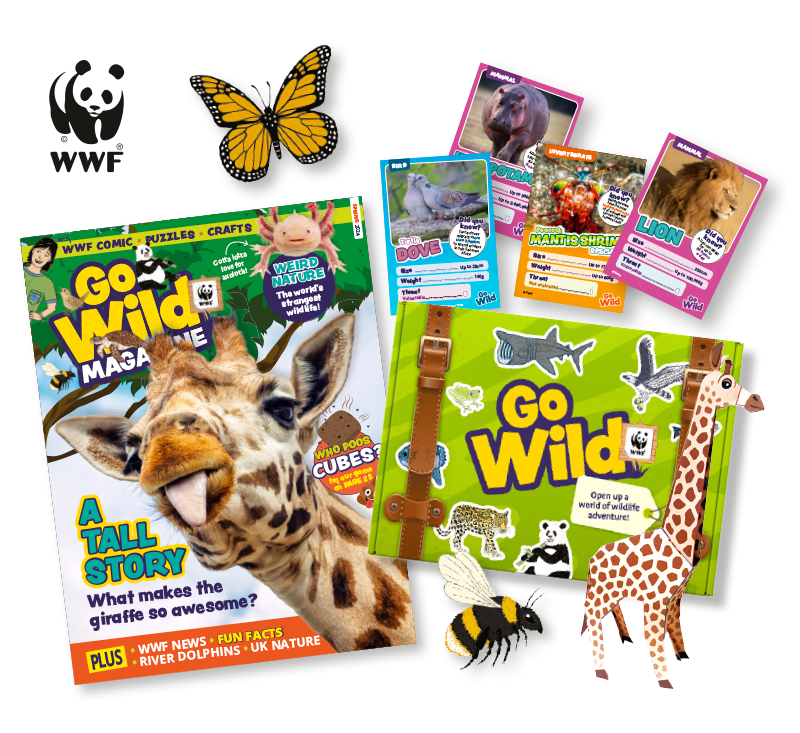
Join Go Wild today!
You’re about to leave the Go Wild website!
Are you over 18, or with your parent or guardian?
If not, please click back to the previous page.

Awesome Animals
Animals raise their young in all sorts of different ways – let’s find out how
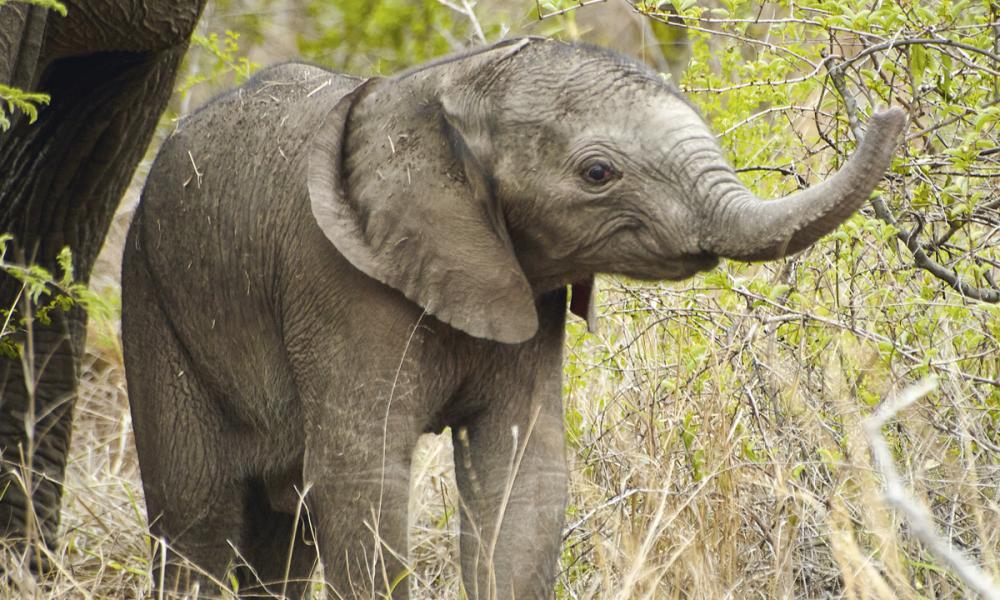
Twenty minutes after an African elephant calf is born it can stand up. Within an hour, it can walk. After two days, it can keep up with the herd. How do elephants develop so fast? A mother gives birth after 22 months (the longest pregnancy of any mammal) and her well-developed newborn calf already weighs 120kg – the same as a very big man!
Mother turtles never see their young. They dig a hole in a sandy beach, lay up to 150 eggs inside, bury them – and go back to sea! Two months later, tiny turtles the size of your little finger hatch. It takes days for hatchlings to dig themselves out of the sand, and then they begin their perilous scramble to the ocean. On the beach, they have to dodge hungry birds and mammals. At sea, fish and seabirds try to gobble them up. No wonder only one in every 1,000 turtles makes it to adulthood.
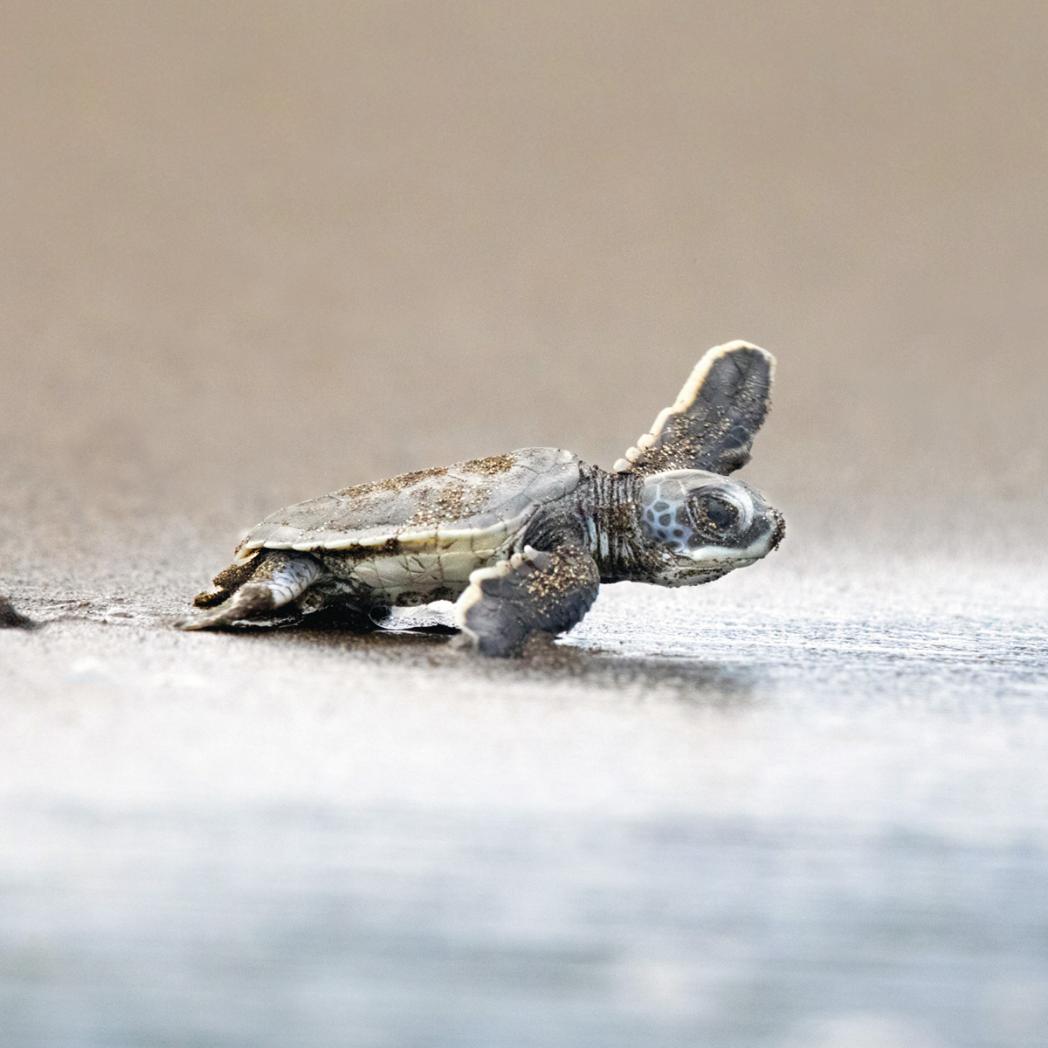
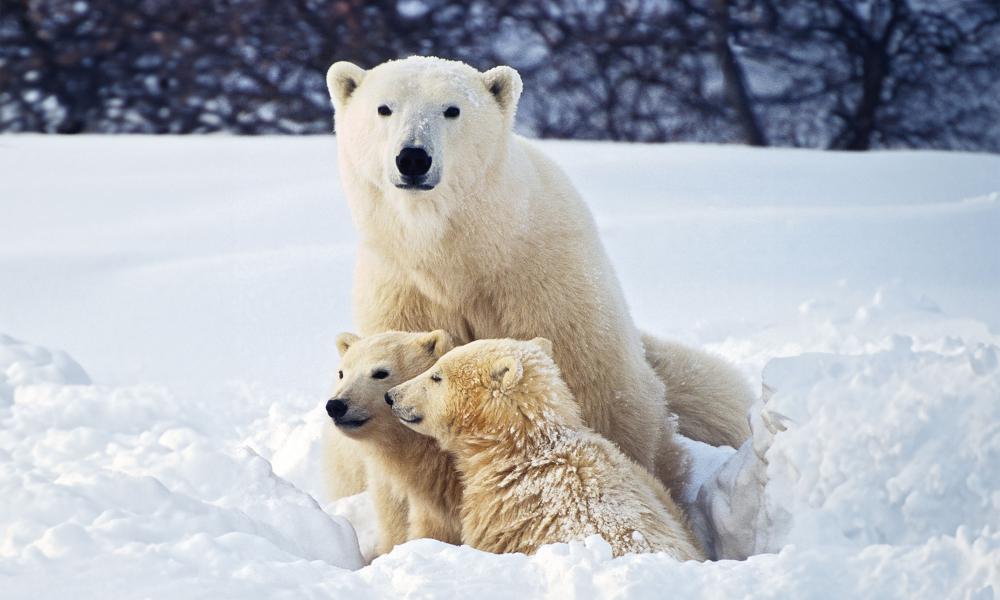
A pregnant polar bear digs a den in the snow to have her young. She gives birth to one, two or three cubs, each the size of a guinea pig. Drinking their mother’s fatty milk, they grow incredibly fast. They’re 15 times heavier when they leave the den after five months. The family head to the sea ice, where they’ll live and hunt for up to three more years before the young go their own way.
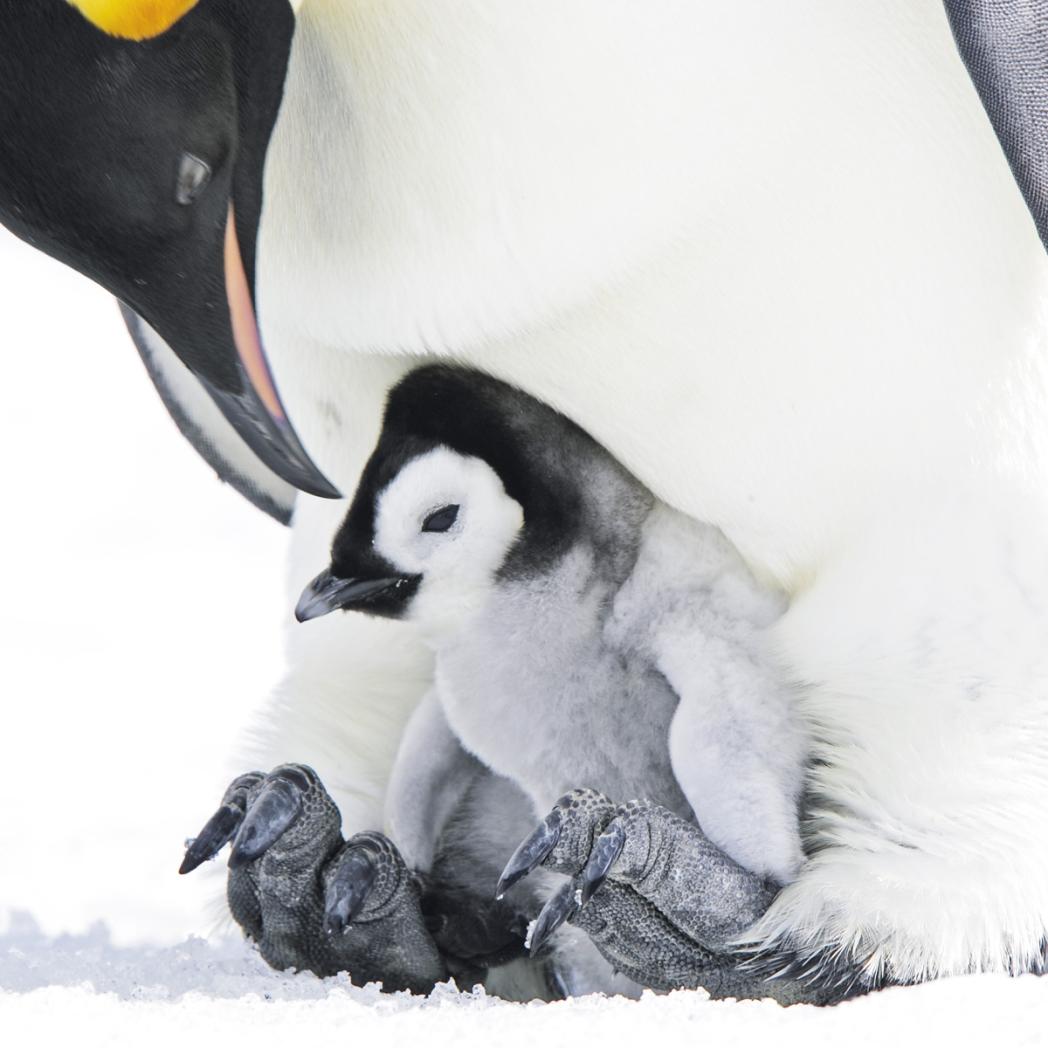
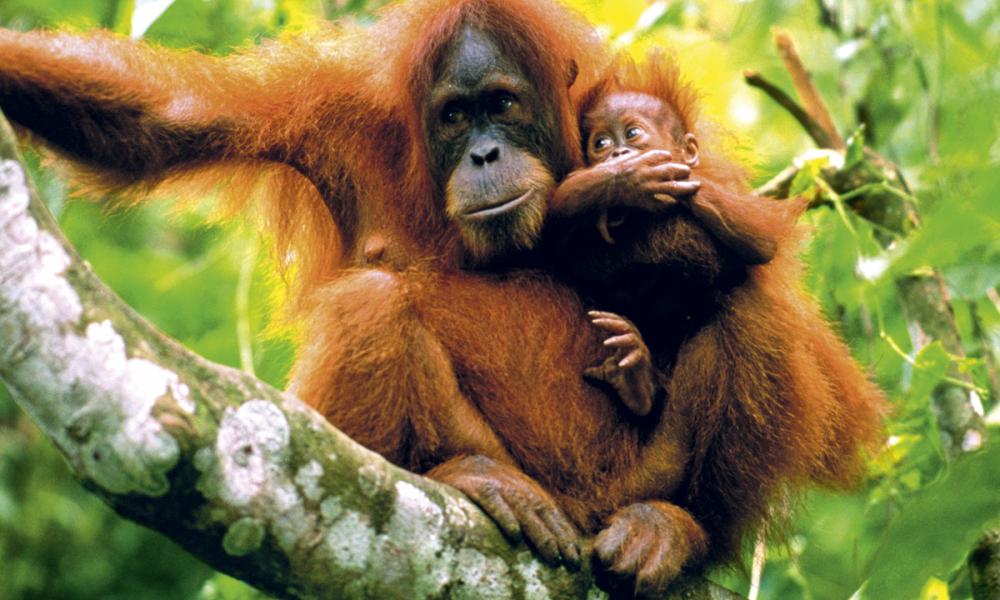
No wild animal stays with its mother as long as a young orangutan. For seven years or more, the infant will learn everything it needs to know to survive from its mum. Orangutans drink their mother’s milk until they’re about six years old, ride around the forest clinging onto her body and sleep in a cosy nest she makes each night.
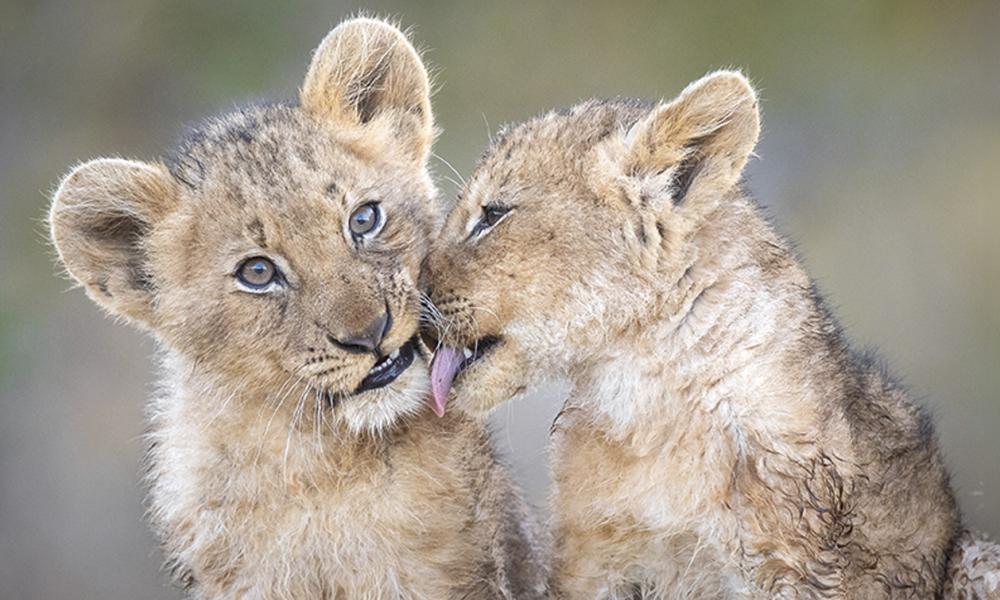
Most cats are solitary animals, but lions are team workers. They live in a group called a pride. Females all get pregnant at the same time and leave the pride to give birth. About six weeks later, they all come back with their new cubs! The pride lion and his lionesses teach the cubs to hunt, while playfighting with other cubs prepares them for the real thing.
Which one of these baby animals would you rather be?